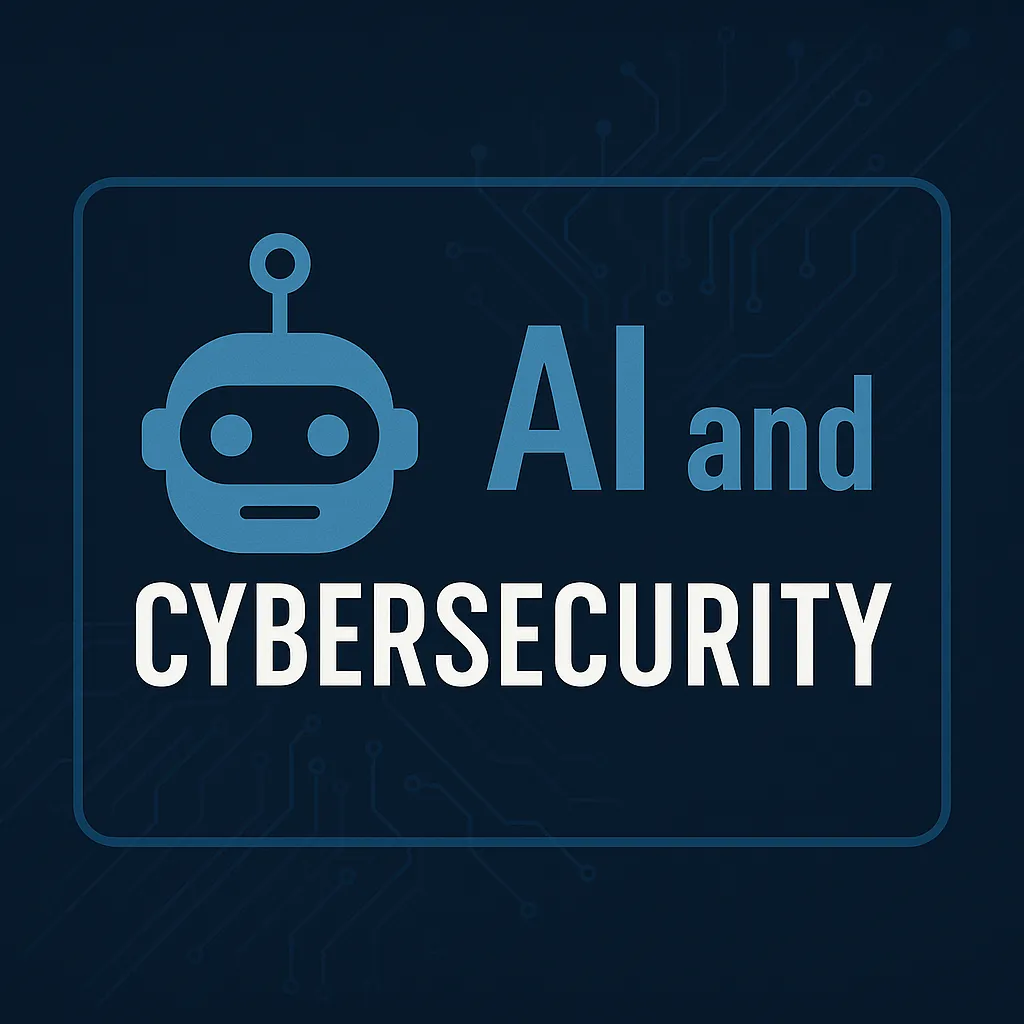Major Tech Pledges to Secure AI: A Critical Analysis
In a substantial move towards strengthening cybersecurity amid the burgeoning AI landscape, Google has introduced the 'AI Cyber Defense Initiative'. This announcement followed closely behind similar commitments from Microsoft and OpenAI, heralding a new era of concerted tech giant efforts to secure AI-based systems. (Source: Apple News Article)
The Strategic Importance of AI Cyber Defense Initiatives
The novelty and rapid deployment of AI technologies pose unique challenges to cybersecurity. The initiative by Google is a sign that the tech world is starting to treat AI threats with the seriousness they deserve. By rolling out such a program, Google aligns itself with the growing consensus that securing AI processes is foundational not just to individual organizations, but to societal trust in digital systems.
Unpacking the Initiatives
While the specifics of the initiatives are not fully disclosed, they likely entail the development of advanced tools for real-time threat detection, anomaly analysis, and prevention strategies specifically tailored to AI’s unique vulnerabilities. This could involve harnessing AI itself to predict, detect, and counteract threats more efficiently than traditional cybersecurity measures.
Microsoft's and OpenAI's Role
The similar commitments by Microsoft and OpenAI suggest a possible trend towards industry-wide standards or collaborations in AI security. This is vital as harmonized security protocols ensure a unified defense against potential AI-assisted cyber threats.
Technical and Practical Implications
For cybersecurity professionals, the initiative may translate into new tools and protocols that need rapid mastery. Furthermore, industry-wide benchmarks and collaborations might reshape how security frameworks are crafted and implemented, emphasizing a proactive rather than reactive approach to cybersecurity in the AI domain.
Conclusion and Takeaway
The proactive steps by Google, Microsoft, and OpenAI underscore a pivotal shift towards prioritizing cybersecurity within the AI space. This move is a cue for businesses and cybersecurity professionals to not only adopt these emerging tools and practices but also to remain engaged with ongoing innovations and collaborative efforts. The unified approach by these tech giants could significantly mitigate the risks associated with AI, forging a safer digital future.

